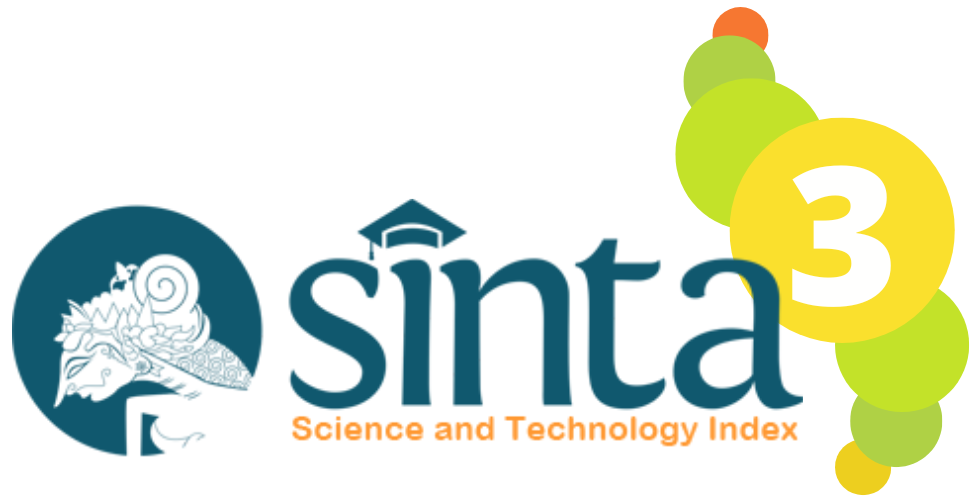MIKROENKAPSULASI ASETOSAL MENGGUNAKAN EUDRAGIT L 100 DENGAN METODE EMULSIFIKASI PENGUAPAN PELARUT
DOI:
https://doi.org/10.36423/pharmacoscript.v1i2.101Abstract
Telah dilakukan penelitian tentang mikrokapsul Asetosal dengan cara Mikroenkapsulasi menggunakan metode Emulsifikasi Penguapan Pelarut. Bahan polimer yang digunakan untuk membentuk dinding mikrokapsul ialah Eudragit L 100 ® dengan berbagai perbandingan (1:1,5 ; 1:2 ; 1:2,5 ; 1:3). Sediaan mikrokapsul yang terbentuk dievaluasi dengan distribusi ukuran partikel, foto mikroskopis, penetapan kadar, uji disolusi, dan analisa FTIR. Formula 1 mikrokapsul Asetosal memberikan hasil yang baik. Distribusi rata-rata ukuran partikel formulasi 1 yaitu 78,7805 μm dan yang paling merata diantara keempat formula. Penetapan kadar Asetosal dalam mikrokapsul dengan pelarut etanol dengan perolehan sebesar 103,8429 % pada formula 1 (1:1,5). Uji disolusi mikrokapsul Asetosal menggunakan metode II (Metode Keranjang) dengan medium Aquadest memenuhi persyaratan untuk sediaan lepas lambat dimana pada waktu 8 jam persentase obat terdisolusi sebesar 31,0385 %. Analisa FTIR untuk formula 1,2,3, dan 4 tidak menunjukkan interaksi kimia tetapi terjadi interaksi fisikaReferences
Birnbaum, DT., Brannon-Peppas. 2003. Microparticle Drug Delivery Systems. Drug Delivery Systems in Cancer Therapy. Totowa: Humana Pr.
Furie KL, Kasner SE, Adams RJ et al. 2011. Guidelines for the Prevention of Stroke in Patients With Stroke or Transient Ischemic Attack : A Guideline for Healthcare Professionals From the American Heart Association/American Stroke Association. 42:227-76.
Istiyani, K., 2008. Mikroenkapsulasi insulin. FMIPA.
Nafsiah. 2009. Formulasi Sediaan Lepas Lambat Tablet Teofilin dengan Matriks Natrium Karboksimetilselulosa dan Avicel pH 102 dengan Metode Granulasi Basah. Skripsi. Fakultas Farmasi universitas Muhammadiyah Surakarta. Surakarta.
Sutriyo., Joshita, D., Adilla, N., 2004.Mikroenkapsulasi Propranolol Hidroklorida dengan Penyalut Etil Yoshizawa H., 2004. Trends in Microencapsulation Reseach. KONA 20.
Downloads
Published
Issue
Section
License
Authors who publish with this journal agree to the following terms:
- Authors retain copyright and grant the journal right of first publication, with the work [SPECIFY PERIOD OF TIME] after publication simultaneously licensed under a Creative Commons Attribution License that allows others to share the work with an acknowledgement of the work's authorship and initial publication in this journal.
- Authors are able to enter into separate, additional contractual arrangements for the non-exclusive distribution of the journal's published version of the work (e.g., post it to an institutional repository or publish it in a book), with an acknowledgement of its initial publication in this journal.
- Authors are permitted and encouraged to post their work online (e.g., in institutional repositories or on their website) prior to and during the submission process, as it can lead to productive exchanges, as well as earlier and greater citation of published work (See The Effect of Open Access).









